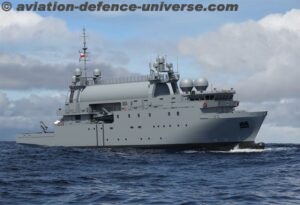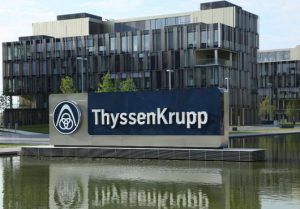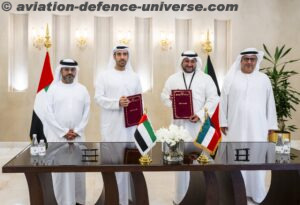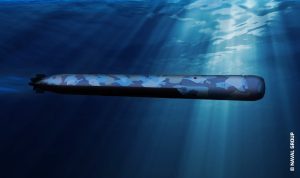
Stockholm. Sweden. 18 May 2019. During UDT 2019, Naval Group showcased many of its innovative underwater vessels and solutions, developed through its close relationship with the French Navy.
SMX® 31 is resolutely digital submarine, designed to operate in a highly demanding environment, will carry out information gathering missions and will be more than ever capable of forceful actions that will result, either by using adapted weapons, or by “special” action modes (disruptive action modes adapted to different situations).
SMX® 31 is fitted with significantly increased energy power which allows remaining submerged, stealth and manoeuvring during extended periods. The whole combat system and platform management system are fully integrated. She benefits from the latest developments in terms of Artificial Intelligence (AI). With a perfect hydrodynamic shape (inspired by biomimicry), specially designed for stealth versus active acoustic means, SMX® 31 is totally undetectable.
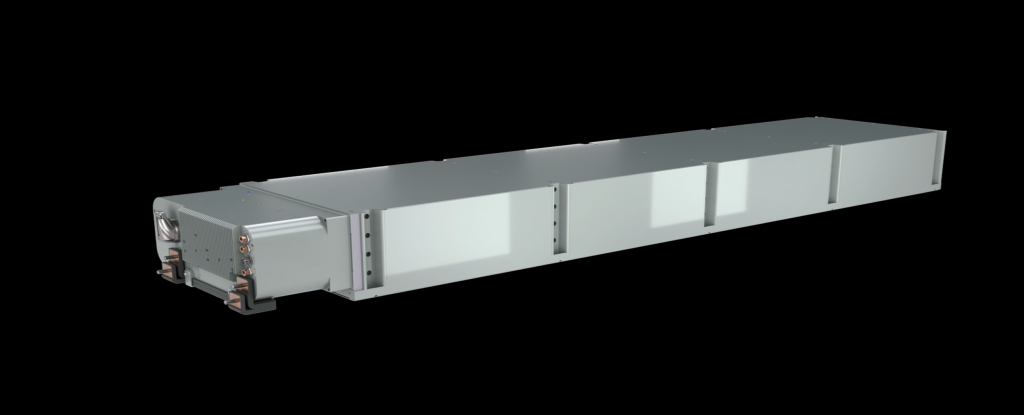
Drawing on its experience in autonomous underwater vehicles, Naval Group has developed a new Unmanned Underwater Vehicle (UUV) called the D19. The family of D19 drones is equipped with modular front-end payload, meaning it can easily be adapted for each mission. It can be launched by a submarine, a surface vessel or from the shore.
Equipped with modular payload at the front end, which can be easily switched thanks to a plug-and-play system, D19 can fulfil a wide variety of missions, such as identification, surveillance, recognition; electronic warfare ; anti-submarine warfare ; underwater mobile target ; mine countermeasures or rapid environmental assessment.
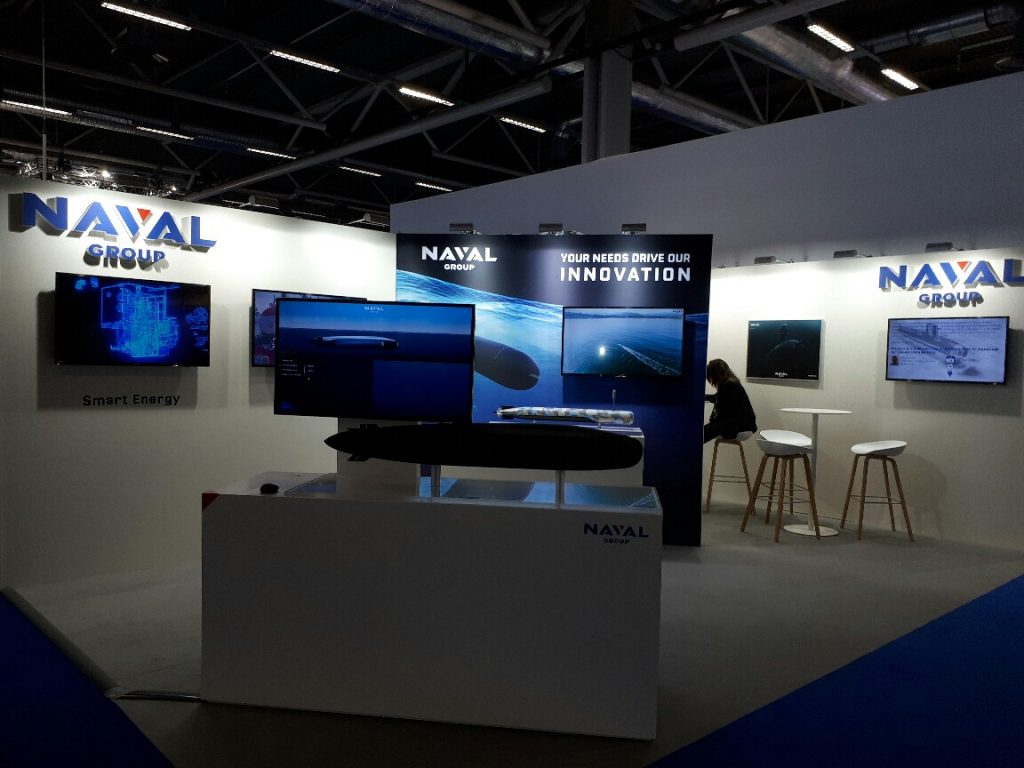
The D19 is built on a F21 torpedo base. This way, Naval Group takes advantage of its experience accumulated with the development of this torpedo. The D19 is propelled by a Lithium-ion energy section. Already sea proven thanks to the joint effort of Naval Group and the French Navy, the D19 combines long endurance and intelligence.
Naval Group has developed an Air Independent Propulsion (AIP) system powered by 2nd generation fuel cells called FC2G. Naval Group AIP gives non-nuclear submarines unprecedented operational ability by enabling them to stay submerged for weeks at a time.
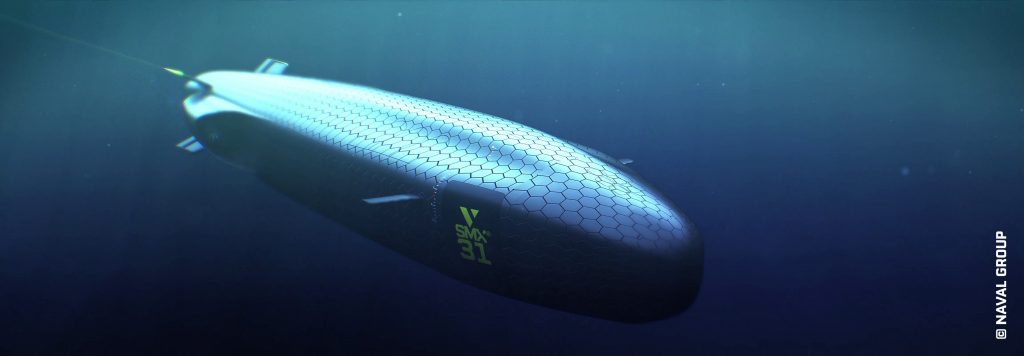
Naval Group has also developed a high performance and highly secure Li-on batteries system to provide its submarines with outstanding operational capabilities, as well as with an immersion period and reloading time largely optimized. The Li-ion batteries system LIB, improves security and performances on-board submarines developed by Naval Group
During UDT 2019, Naval Group experts will take part to conferences on:
- Improving the submarine sonar array integration for operational performance (13th May, Edouard Honore – Naval Group & Christophe Lozach – Thales, Theatre 1)
- Simulating the Radar Cross Section (RCS) of the wake of a submarine at periscope depth (15th May, Eric Letouzé, Theatre 2)
- Confusion and dilution countermeasures (13th May, Sebastien Colson, Theater 4)
- System engineering for complex system design (13th May, Romain Le Néna, Theater 2)
- Thinking tomorrow’s submarine to face operational challenges in constraint environment, the example of the SXM31 (15th May, Armel De Roeck & Lou Durand, Theater 4).
Another round of conferences will be dedicated to torpedoes:
- CFD simulation of a torpedo swim-out launching (13th May, Fabian Pécot & Thierry Taillefet, Theater 4)
- Heavyweight torpedoes program: management of validation and qualification processes (13th May, Eric Lescoat, Theater 4)
Finally, Naval Group will present its innovations in the range of prediction tools and acoustic performance:
- Performance of prediction tools for submarine manoeuvrability in constrained and shallow water (14th May, François Pétillon, Theater 2)
- Numerical prediction of non-cavitation noise from the propeller (15th May, Frédérique Chevalier, Theater 2)
- Analysis of the vibro-acoustic behaviour of a submarine hull on a wide frequency range using experimental and numerical approaches (15th May, Valentin Meyer, Theater 2).






































